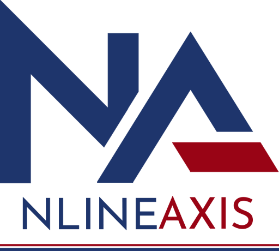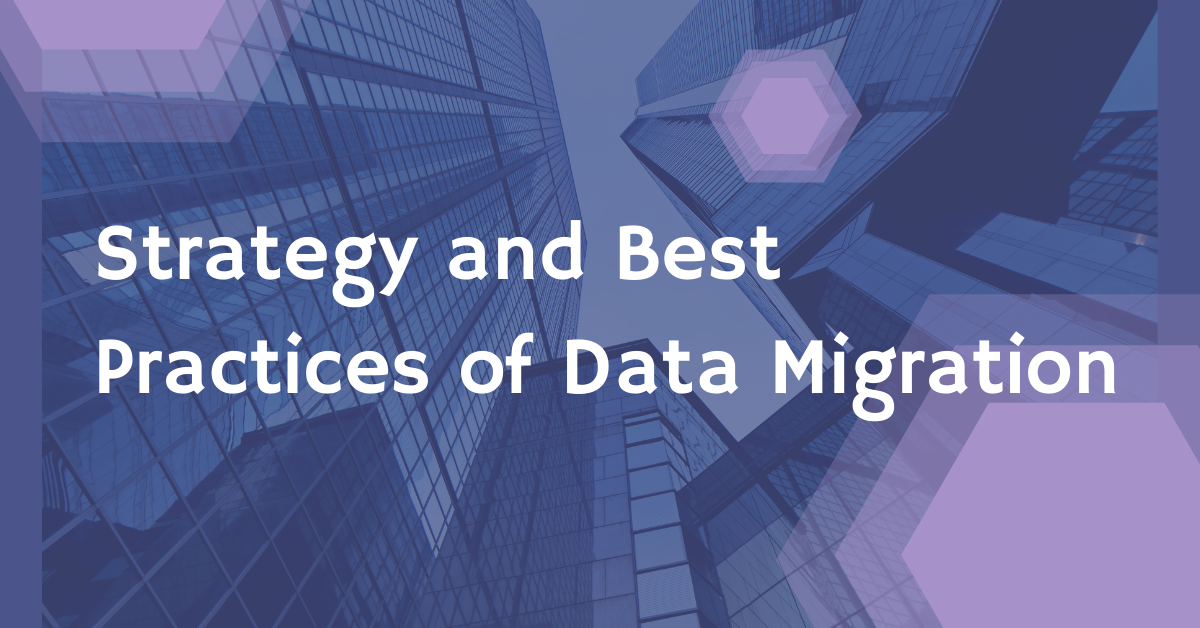Strategy and Best Practices of Data Migration

Most modern organizations are powered by big data, and big data never sleeps. Whether data is migrating from inputs to a data lake, from one repository to another, from a data warehouse to a data mart, or in or through the cloud, data integration and data migration must be well-established, smooth procedures. Businesses can go over budget, end up with onerous data procedures, or find that their data operations aren’t performing as expected if they don’t have a solid data migration strategy in place.
Introduction To Data Migration
The process of shifting data from one system to another is known as data migration. While this may appear to be a simple task, it necessitates a change in storage as well as a database or application.
Any data migration will include at least the transform and load steps in the extract/transform/load (ETL) process. This means that extracted data must be processed through a sequence of functions before being fed into a destination place.
Data migrations are carried out for a variety of reasons. They may need to completely redesign a system, modernize databases, set up a new data warehouse, or incorporate fresh data from an acquisition or other source. When deploying a new system alongside old applications, data migration is also required.
Do You Know Data Migration Strategy is Important, Let’s Discuss Why?
The goal of any data migration, regardless of its specific purpose, is to improve performance and competitiveness. You must, however, get it correctly. Inaccurate data with redundancies and unknowns can result from less successful migrations. Even if the underlying data is totally useful and acceptable, this can happen. Furthermore, any flaws in the source data can be compounded when it is imported into a new, more sophisticated system.
A comprehensive data migration plan avoids a poor user experience that causes more problems than it solves. Incomplete preparations can lead migration initiatives to fail entirely, in addition to missing deadlines and over costs. Teams should devote their whole focus to migrations while planning and organizing their work, rather than making them a subordinate to another large-scale project. These essential factors should be considered in a comprehensive data migration plan:
1. Knowing The Data
Before migrating, source data must be thoroughly audited. If this step is skipped, unexpected problems may arise.
2. Cleanup
Once you’ve identified any problems with your source data, you’ll need to fix them. Because of the scope of the project, extra software tools and third-party resources may be required.
3. Maintenance and Protection
Data degrades with time and becomes unreliable, necessitating maintenance and protection. This necessitates the implementation of controls to ensure data quality.
4. Governance
Data quality tracking and reporting is vital for governance since it allows for a better knowledge of data integrity. The methods and tools used to generate this data should be simple to use and, if possible, automated.
Point to Remember: A data migration strategy should include a process for bringing on the necessary software and tools for the project, in addition to a systematic, step-by-step procedure.
Data Migration Techniques
There are several approaches to developing a data migration strategy. The specific business needs and requirements of an organization will assist determine what is most appropriate. The majority of methods, on the other hand, fall into one of two categories: “big bang” or “trickle.”
1. Migration after the “Big Bang”
In a big bang data migration, the entire transfer takes place in a short period of time. While data goes through ETL processing and moves to the new database, live systems incur downtime.
The appeal of this strategy is, of course, that everything happens in one time-boxed event that takes only a few minutes to finish. However, because the company functions with one of its resources offline, the strain might be great. This puts the implementation at danger.
Consider practicing the migration process before the big event if the big bang strategy makes the most sense for your company.
2. Migration’s “Trickle”
In contrast, trickle migrations finish the migrating procedure in stages. The old and new systems are run in parallel during implementation, which eliminates downtime and operational interruptions. Processes that run in real time can keep data traveling indefinitely.
These implementations can be somewhat sophisticated in design when compared to the big bang approach. However, if done correctly, the increased complexity usually reduces rather than increases hazards.
Data Migration Practices
There are several best practises to keep in mind regardless of which implementation style you use:
- Before you execute, make a backup of your data. You can’t afford to lose data if something goes wrong during the installation. Before you begin, make sure you have backup resources and that they’ve been tested.
- Stick to your plan. Too many data managers devise a strategy only to discard it when things go “too” smoothly or things get out of hand. Prepare for the fact that the migration process can be hard and even irritating at times, and then stick to the plan.
- Test the data migration during the planning and design phases, as well as during implementation and maintenance, to ensure that you will achieve your goal.
How To Migrate Data to the Cloud?
Organizations are increasingly transferring some or all of their data to the cloud in order to improve their speed to market, scalability, and technical resource requirements.
Previously, data architects were charged with installing large on-premises server farms to maintain data within the organization’s physical resources. One of the reasons for moving forward with on-premise servers was a concern about cloud security. This hurdle to migration has mostly been eliminated as major platforms embrace security procedures that bring them up to line with traditional IT security (and, of course, in accordance with the GDPR General Data Protection Regulation)).
With a highly scalable and secure cloud integration platform-as-a-service, the correct cloud integration solutions enable companies to expedite cloud data transfer projects (iPaaS). Drag-and-drop functionality simplifies complex mapping with open source, cloud-native data integration tools, and our open-source foundations keep our solution cost-effective and efficient.


